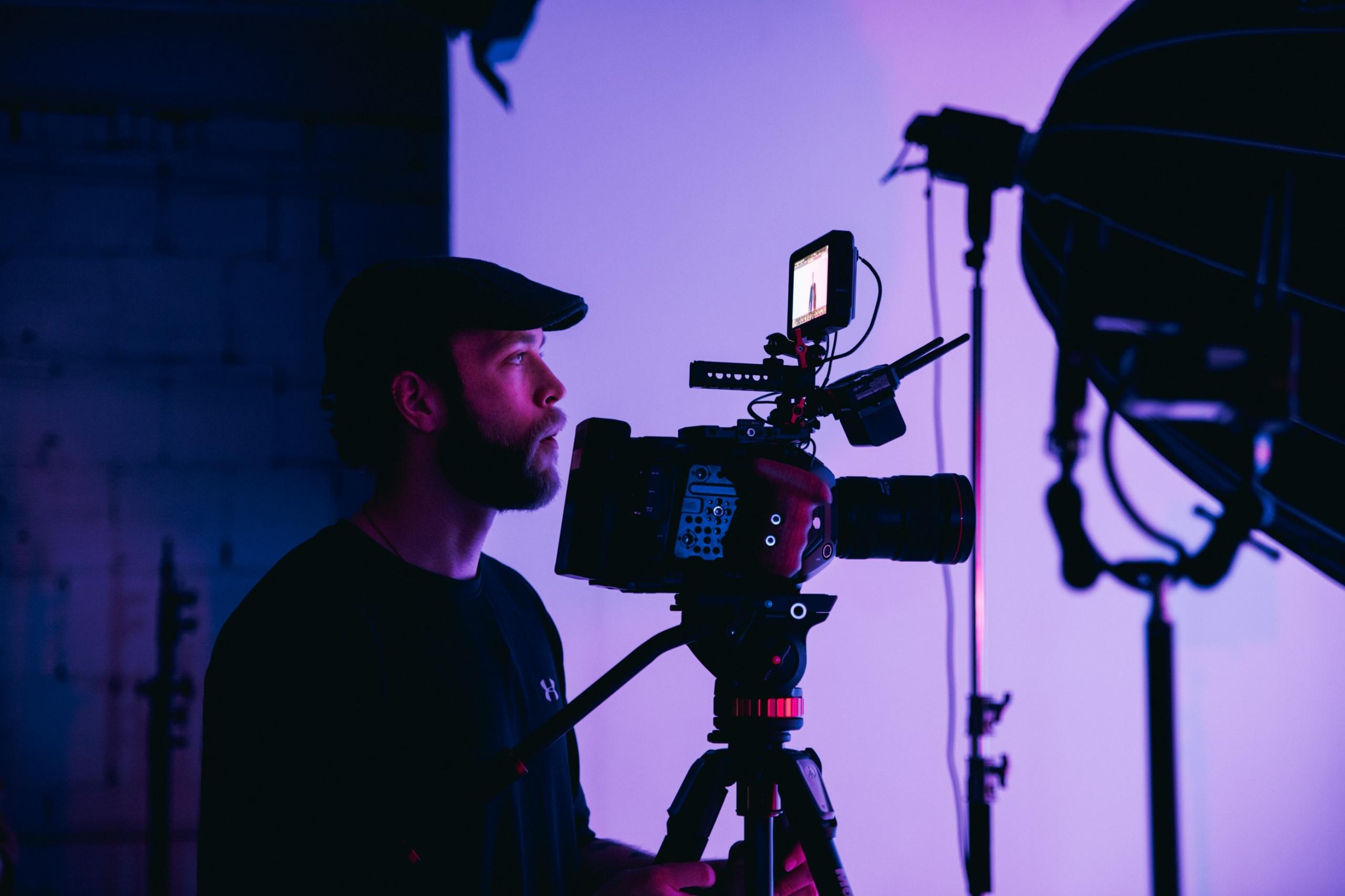Media studies is a subject where it is absolutely stocked with terminology that you need to know. Everything from media theory, developments in the media, media texts with different meanings as well as media conventions. You will need to be ready to have any and all of these concepts and terms are thrown at you in order to pass with that excellence. But first what about the structure of your essays? How are you going to craft them in a way that answers the question and does so in an insightful and critical way?
If your looking at getting some help with some Past Papers then check out this blog here. Perhaps you're needing some tips for navigating media studies in general? Or maybe you would like some help with Media Studies Scholarship? You can also check out the complete year's course overview on Media Studies here.

Writing for AS91491, AS91492 and AS91496
The plus about these internal essays is you can really spend your time researching and crafting all your important points. While it can be stressful in an exam environment to create an essay that covers everything, is readable, planned succinctly and has punch- you can have the luxury of crafting these essays at home. That being said it is also very important to plan what it is you are stressing for your points to land and be well received. This time however you have much longer to plan what it is you want to write. Remember the key elements of brainstorming, adding in all your key points, making sure they are 100% backed up by evidence and examples to justify. A good way to do this is to use a list for a mind map. Add in all the points you want to address, then choose 4 key concepts, pick the top idea to start with and then rate them on their order of importance. Spend about 1 to 2 hours on planning before you jump into the nuts and bolts of writing.
Writing tips to remember
Using short sentences like this has an impact. Keep it simple. If you want to draw the reader in towards your points, keep them engaged by being brief, at least at the start just to get their attention. Why not try using the “W” method by starting a sentence with a ‘When, Who or What’. Doing this brings the attention straight onto the subject matter which throws the reader right into it and showcases the fact that you’re in control of the piece. You can also start any of your sentences with an adverb, using words like interestingly and importantly. This can add flair and punch to your point, giving you more overall command of your writing. Perhaps the most important aspect of these three achievements standards is your ability to use examples, evidence and attribute this back to the author. You want to always be clear when you are using your own voice and voicing your opinion and when you are referencing an author. For some more tips check out some of Study Time's essay guide.


Let’s jump into some concepts and course work case studies
A keyword that you will be hearing about a lot is Media Conventions and Media Codes. You will find this in assessments like AS91491. What are media conventions? They are generally an accepted pattern of code that communicates a certain message to the audience. Media conventions can be anything from cause and effect, opening, development and resolution, point of view, setting and structuring of time. Media codes on the other hand can be technical or symbolic, like the editing, lighting, sound and mis-en-scene of a particular movie.
Let’s unpack the short film ‘Lovefield’ to best address some of these conventions. The short film tells the story of a suspicious looking man, who is pulled over on the side of the road in a really deserted area. For starters, the director Mathieu Ratte is very clever with his use of editing techniques. He communicates that the woman lying in the grass is in danger by using sounds that oscillates from slow and soft music to fast-paced and alert inducing music. He presents the audience with danger and establishes this further by his use of cutting back to a crow that is ever-present and croaking away as we see the man rustle around and look intensely.
Find out about NCEA media studies Internal tips here.

Through the editing and sound, we are communicated to as an audience that the woman on the ground is very much in danger and the man is potentially harming her. The mood suddenly shifts when the director reveals soon that the woman was giving birth and in fact, the old man was helping her. This is shown masterfully through the sudden shift in softer hues shown through the editing colour choices. The sunshine is more prevalent here and also the music swarms into a much more relaxed, softer tone- further showing that the scene is a happy one and not what the first 2 minutes would have you believe was going on. Here conventions and codes portray really strong effects in ‘Lovefield’.
Dive into New Zealand culture and what it means to be kiwi with AS91492
In this assessment it will be your task to think about how New Zealand is represented through its culture and people- what does it mean to have a kiwi identity? You’ll need to unpack how/why kiwi subcultures behave and act the way they do. Plus how this is either positively or negatively depicted through and in media. This will unravel naturally by focussing on facets of culture that are social, cultural, political, ideational or technological. This could be for an event, group or place like for instance America’s Cup culture or the Pacifica community. In the 2015 excellence exemplar, we get a student discussing the ‘Kiwi Bloke’ representation and how it has developed throughout the years. Representations help to shape our perceptions of specific experiences and can influence our beliefs.

Let's look at a excellence exemplar that best unpacks this. The Kiwi Bloke representation shows a strong, no-nonsense and do-it-yourself type of man, who is resourceful and relatively masculine. You’ll find him at the pub enjoying some beers with some friends, supporting his favourite sporting team, fixing his car and generally withholding his emotions to present a tough exterior. This is shown in the satire take, depicted in an advertisement where Fred Dagg is represented from the popular cartoon ‘Footrot Flats’. Fred Dagg appears to the audience as a tough man, he wears a singlet and short shorts, ‘stubbies’ and is decked out with hefty gumboots. Here the viewer is shown that the typical kiwi bloke is not very groomed or perhaps does not take a great deal of pride in their appearance. This is shown as a representation of the stereotype through a constructed reality of how they dress and behave. Instead, Fred works to the ground with his farm dogs and behaves in a way that shows strength but an aloof sense of ignorance to the finer things in life. These finer things, the kiwi bloke really has no business or desire seeking out he’s quite happy shearing his sheep, drinking beer and portraying a sense of stoic strength.
Audiences, viewers- anyone who perceives this reality has been sent a message about what it means to be a particular type of man. Perhaps the ‘Kiwi Bloke’ representation shows an offer to the viewer of what a real man should look and behave like. This could potentially have negative effects on more feminine men, or at least more sensitive men as they are less represented as the social norm here in some corners of New Zealand media. What does the ‘Kiwi Bloke’ representation have on the effect on the New Zealand psyche and is this beneficial to who we want our poster image to be showcased to the rest of the world? Masculinity comes in many different forms and all should be celebrated and represented in the media we consume.
‘Footrot Flats’ also goes further to establish the “Kiwi Bloke” as someone who has not yet developed their emotional side. This is established by showcasing Fred Dagg as a strong and silent type, one who cannot process emotions well and is staunch in demeanour. Of course, representations have to come from somewhere and derive from a series of truths to be established. But by constantly depicting this popular type of New Zealand man what are we doing to the other more niche offsets of New Zealand men? ‘Kiwi Bloke’ media is everywhere what with beer advertisements, construction ads and portrayals in shows like Shortland street. Media reflects back to society what we think and view and how we behave, so it’s important that we are conscious while consuming the media we do. There are light, humorous aspects of the ‘Kiwi Bloke’ stereotype but it is not the be-all-end-all of the kiwi men.
AS91469 will have you unpacking media developments
Up next is AS91496 where you will need to demonstrate an understanding of significant developments in the media. You will need to unpack how or why this development occurred. Choose from a range of social, cultural, political, technological, economic, historical or ideological. This can be anything from streaming trends, the introduction of social media right through to the New Zealand film industry funding. Streaming trends are looked at in detail within the NCEA Scholarship Media Studies blog.
Still needing some help? Try Superprof
If you are seeking some more guidance on resources then try Superprof. It’s a tutoring website that links you up with a Media Studies tutor who can help get you to the next level. Your first lesson is free so there is really an incentive to have a go and try out tutoring. So log on to Superprof today and kickstart your media studies tutoring journey.















